Modeling and Performance Analysis of State Transitions for Energy-Efficient Femto Base Stations †
Abstract
:1. Introduction
- A new state of active (signaling) is defined to accommodate the processing of location registrations of MSs.
- Two new states of sleep entering and waking up are defined to capture the energy consumptions of femto BSs when they are entering into the sleep state and waking up from the sleep state, which have higher energy consumptions than other states [24].
- A detailed analysis of the proposed state model is developed thoroughly, and a closed form of the steady-state probability of each state is derived completely.
- The performance of the proposed state model is newly analyzed, from the aspect of cost, which is defined as a weighted sum of energy consumption and cumulative average delay.
- The low-power radio signaling load of the proposed state model is newly analyzed, which is an overhead introduced in energy-efficient femto BSs.
- We proposed active (data), idle, active (signaling), sleep entering, sleep and waking up states for energy-efficient femto BS and formulated transition events between states.
- We derived a closed form of the steady-state probability of each state in the proposed state model analytically using a semi-Markov process approach.
- We presented an analytical framework for the performance analysis of the proposed state model, from the aspect of energy consumption, cumulative average delay, cost and low-power radio signaling load.
- We analyzed the effect of the the energy consumption of femto BSs when they are entering into the sleep state and waking up from the sleep state.
- The proposed analytical framework was validated by simulations.
2. Modeling and Analysis of State Transitions for Energy-Efficient Femto BS
2.1. Modeling of State Transitions
2.2. Performance Analysis
- Session arrivals at an MS occur according to a Poisson process, and session arrivals at a femto BS from all of the MSs in the coverage of the femto BS occur according to a Poisson process with parameters λs;
- The time duration that a femto BS remains in the active (data) state follows a busy period of M/M/∞ queuing model;
- Location registration arrival at an MS occurs according to a Poisson process, and location registration arrivals at a femto BS from all of the MSs in the coverage of the femto BS occur according to a Poisson process with parameters λr;
- The time duration that a femto BS remains in the active (signaling) state follows an exponential distribution of μr, since it is assumed that the service time of a location registration signaling is very short compared to the inter-arrival time of two consecutive location registrations, and thus, more than one location registrations do not occur during the service time of the active (signaling) state;
- The value of inactivity timer is assumed as constant and is denoted by TI.
- The time durations that a femto BS remains in the sleep entering and waking up states are assumed to be a fixed, and they are denoted by TE and TW, respectively [24].
- Data session arrival (T21);
- Location registration signaling arrival (T23);
- Inactivity timer expiration (T24).
3. Numerical Examples
4. Conclusions and Further Works
Acknowledgments
Conflicts of Interest
References
- Hasan, Z.; Boostanimehr, H.; Bhargava, V.K. Green cellular networks: A survey, some research issues and challenges. IEEE Commun. Surv. Tutor. 2011, 13, 524–540. [Google Scholar]
- Suarez, L.; Nuaymi, L.; Bonnin, J.M. An overview and classification of research approaches in green wireless networks. EURASIP J. Wirel. Commun. Netw. 2012, 2012, 1–18. [Google Scholar]
- Bianzino, A.P.; Chaudet, C.; Rossi, D.; Rougier, J.L. A survey of green networking research. IEEE Commun. Surv. Tutor. 2012, 14, 3–20. [Google Scholar]
- Wang, X.; Vasilakos, A.V.; Chen, M.; Liu, Y.; Kwon, T.T. A survey of green mobile networks: Opportunities and challenges. Springer Mob. Netw. Appl. 2012, 4–20. [Google Scholar]
- Sheng, Z.; Yang, S.; Yu, Y.; Vasilakos, A.V.; McCann, J.A.; Leung, K.K. A survey on the IETF protocol suite for the Internet of things: standards, challenges, and opportunities. IEEE Wirel. Commun. 2013, 20, 91–98. [Google Scholar]
- Han, K.; Luo, J.; Liu, Y.; Vasilakos, A.V. Algorithm design for data communications in duty-cycled wireless sensor networks: A survey. IEEE Commun. Mag. 2013, 51, 107–113. [Google Scholar]
- Yao, Y.; Cao, Q.; Vasilakos, A.V. EDAL: An energy-efficient, delay-aware, and lifetime-balancing data collection protocol for heterogeneous wireless sensor networks. IEEE/ACM Trans. Netw. 2014, PP. [Google Scholar] [CrossRef]
- Kwon, S.W.; Cho, D.H. Dynamic power saving mechanism for mobile station in the IEEE 802.16e Systems, Proceedings of the 2009 IEEE 69th Vehicular Technology Conference (2009 VTC Spring), Barcelona, Spain, 26–29 April 2009.
- Zhou, L.; Xu, H.; Tian, H.; Gao, Y.; Du, L.; Chen, L. Performance analysis of power saving mechanism with adjustable DRX cycles in 3GPP LTE, Proceedings of the IEEE 68th Vehicular Technology Conference (2008 VTC 2008-Fall), Calgary, BC, Canada, 21–24 September 2008.
- He, Y.; Yuan, R. A novel scheduled power saving mechanism for 802.11 wireless LANs. IEEE Trans. Mob. Comput. 2009, 8, 1368–1383. [Google Scholar]
- Marsan, M.A.; Chiaraviglio, L.; Ciullo, D.; Meo, M. Optimal energy savings in cellular access networks, Proceedings of the IEEE International Conference on Communications Workshops (ICC Workshops 2009), Dresden, Germany, 14–18 June 2009.
- Niu, Z.; Wu, Y.; Gong, J.; Yang, Z. Cell zooming for cost-efficient green cellular networks. IEEE Commun. Mag. 2010, 48, 74–79. [Google Scholar]
- Conte, A.; Feki, A.; Chiaraviglio, L.; Ciullo, D.; Meo, M.; Marsan, A. Cell wilting and blossoming for energy efficiency. IEEE Wirel. Commun. 2011, 18, 50–57. [Google Scholar]
- Lopez-Perez, D.; Chu, X.; Vasilakos, A.V.; Claussen, H. Power minimization based resource allocation for interference mitigation in OFDMA femtocell networks. IEEE J. Sel. Areas Commun. 2014, 32, 333–344. [Google Scholar]
- Zhang, H.; Jiang, C.; Beaulieu, N.C.; Chu, X.; Wen, X. Resource allocation in spectrum-sharing OFDMA femtocells with heterogeneous services. IEEE Trans. Commun. 2014, 62, 2366–2377. [Google Scholar]
- Zhang, H.; Jiang, C.; Beaulieu, N.C.; Chu, X.; Wang, X.; Quek, T.Q.S. Resource allocation for cognitive small cell networks: A cooperative bargaining game theoretic approach. IEEE Trans. Wirel. Commun. 2015. [Google Scholar] [CrossRef]
- Zhang, H.; Jiang, C.; Mao, X.; Chen, H.H. Interference-limited resource optimization in cognitive femtocells with fairness and imperfect spectrum sensing. IEEE Trans. Vehicular Technol. 2015. [Google Scholar] [CrossRef]
- Lopez-Perez, D.; Chu, X.; Vasilakos, A.V.; Claussen, H. On distributed and coordinated resource allocation for interference mitigation in self-organizing LTE networks. IEEE Trans. Netw. 2013, 21, 1145–1158. [Google Scholar]
- Youssef, M.; Ibrahim, M.; Abdelatif, M.; Chen, L.; Vasilakos, A.V. Routing metrics of cognitive radio networks: A survey. IEEE Commun. Surv. Tutor. 2014, 16, 92–109. [Google Scholar]
- Zhang, H.; Chu, X.; Guo, W.; Wang, S. Coexistence of Wi-Fi and heterogeneous small cell networks sharing unlincensed spectrum. IEEE Commun. Mag. 2015, 53, 158–164. [Google Scholar]
- Haratcherev, I.; Balageas, C.; Fiorito, M. Low consumption home femto base stations, Proceedings of the 2009 IEEE 20th International Symposium on Personal, Indoor and Mobile Radio Communications, Tokyo, Japan, 13–16 September 2009.
- Gu, L.; Stankovic, J. Radio-triggered wake-up for wireless sensor networks. Real Time Syst. 2005, 29, 157–182. [Google Scholar]
- Chung, Y.W. Performance analysis of energy-efficient home femto base stations, Proceedings of the International Conference on Electrical, Computer, Electronics and Communication Engineering, Paris, France, 24–26 June 2011.
- Wang, D.; McNair, J.; George, A. A smart-NIC-based power-proxy solution for reduced power consumption during instant messaging, Proceedings of the IEEE Green Technologies Conference Grapevine, TX, USA, 15–16 April 2010.
- Ross, S.M. Stochastic Processes; John Wiley & Sons: Hoboken, NJ, USA, 1996. [Google Scholar]
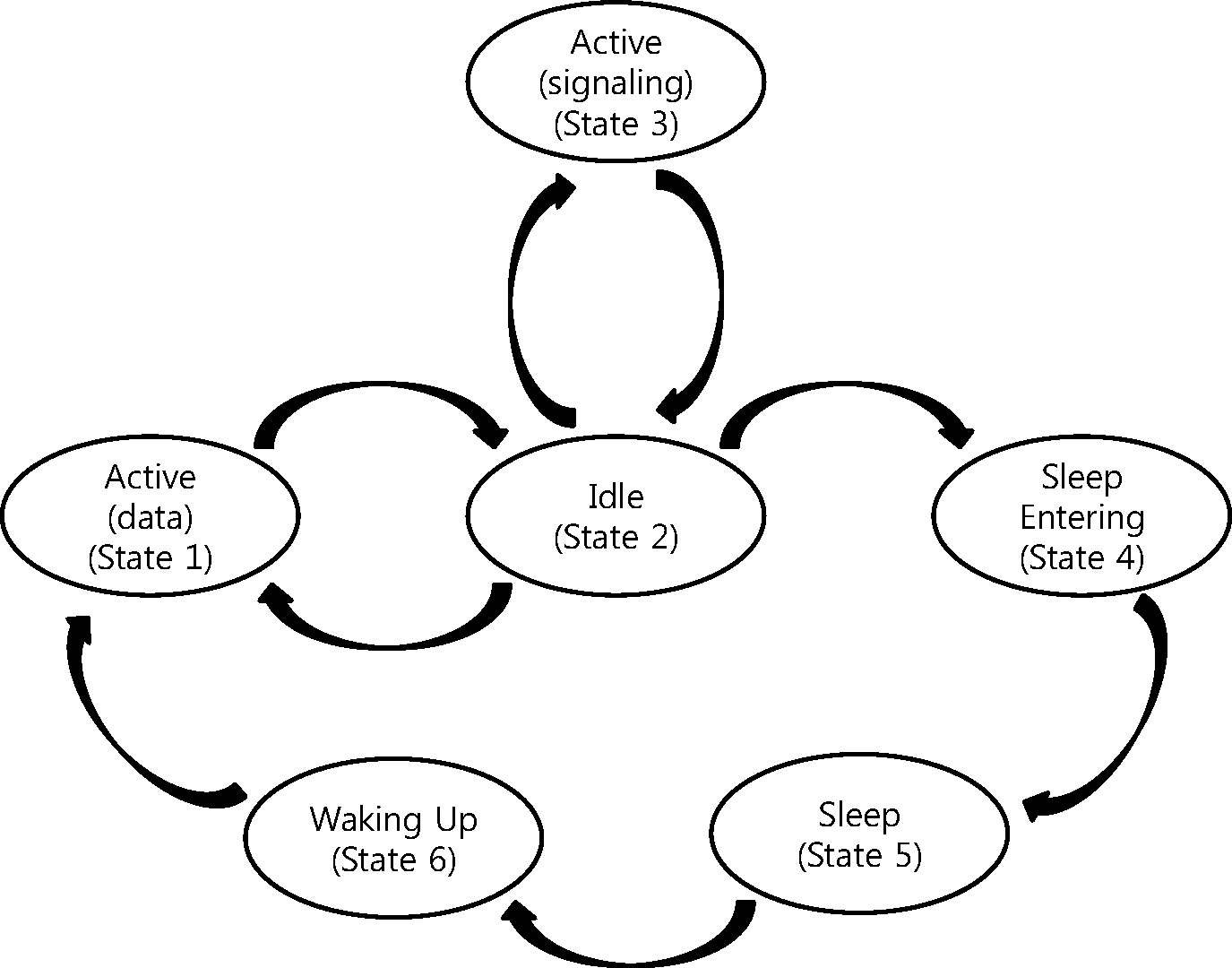
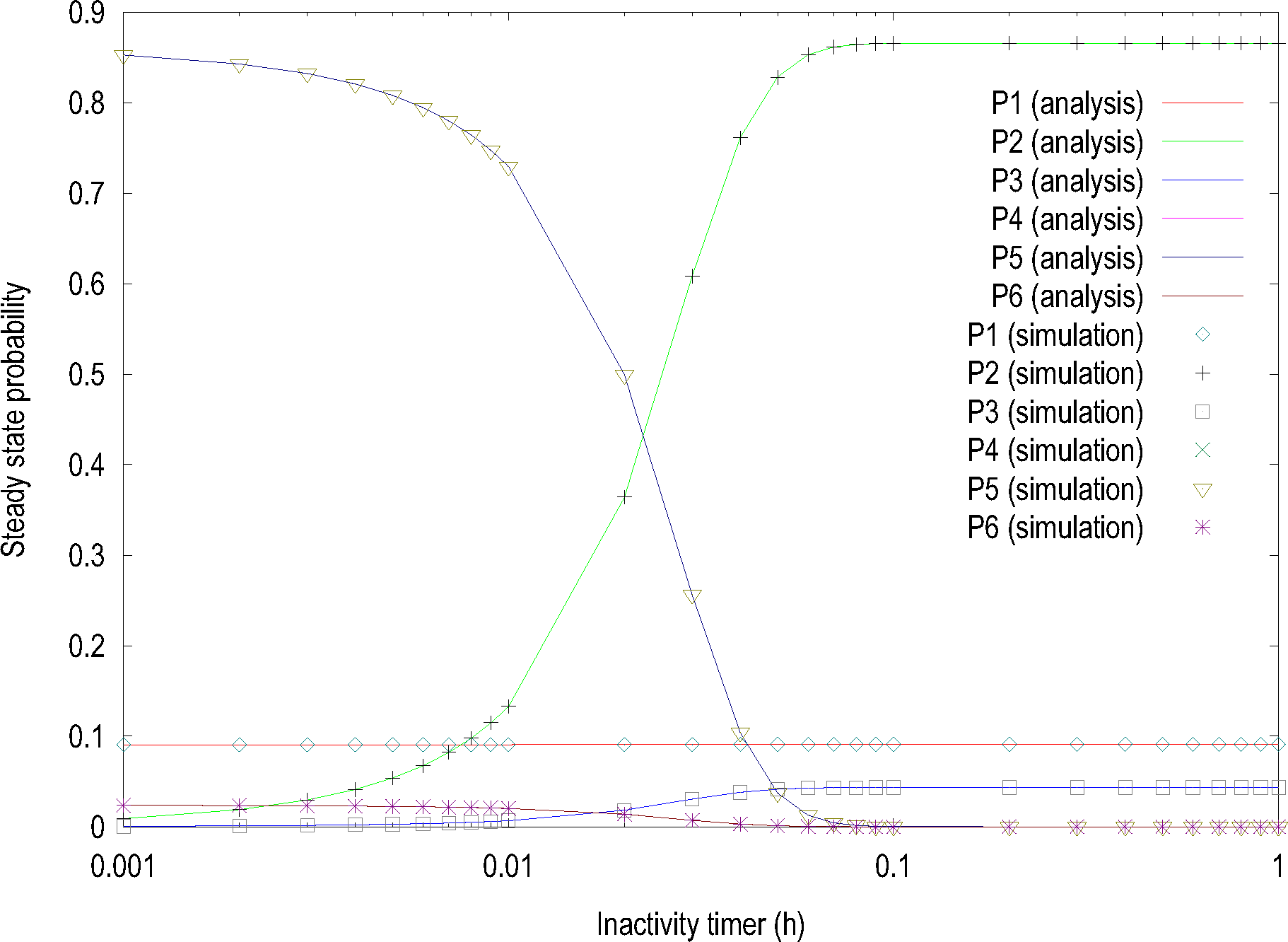
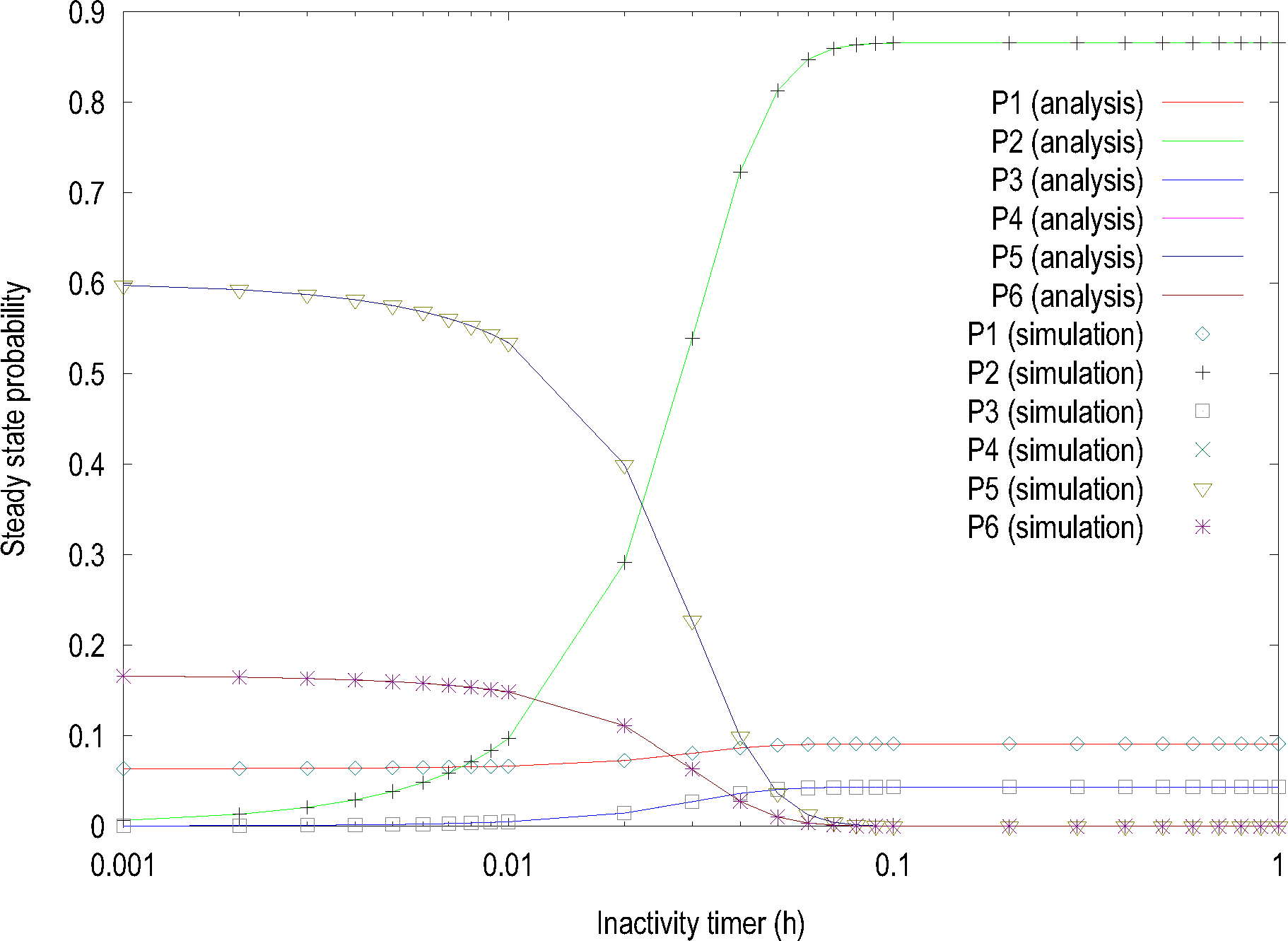
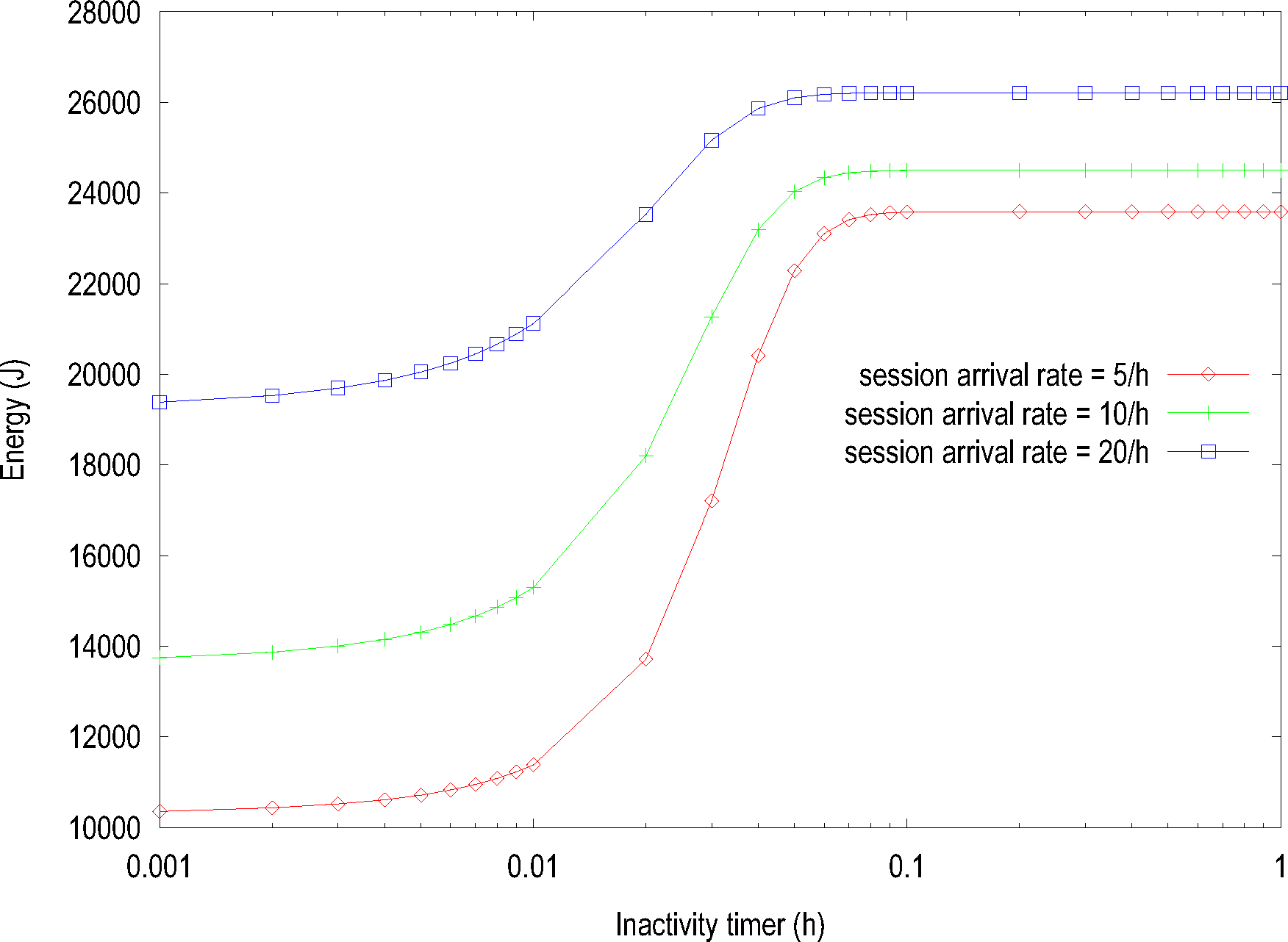
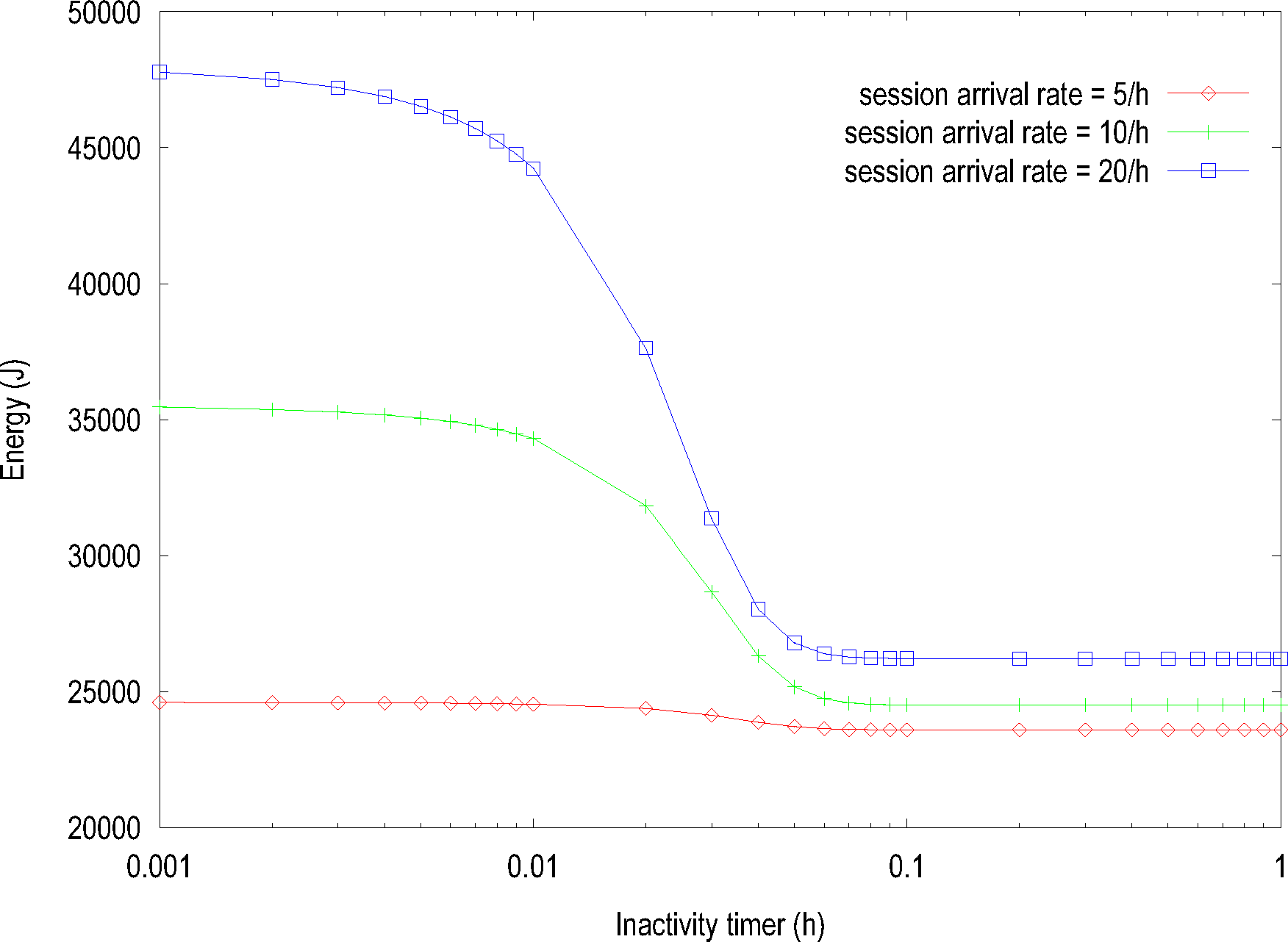
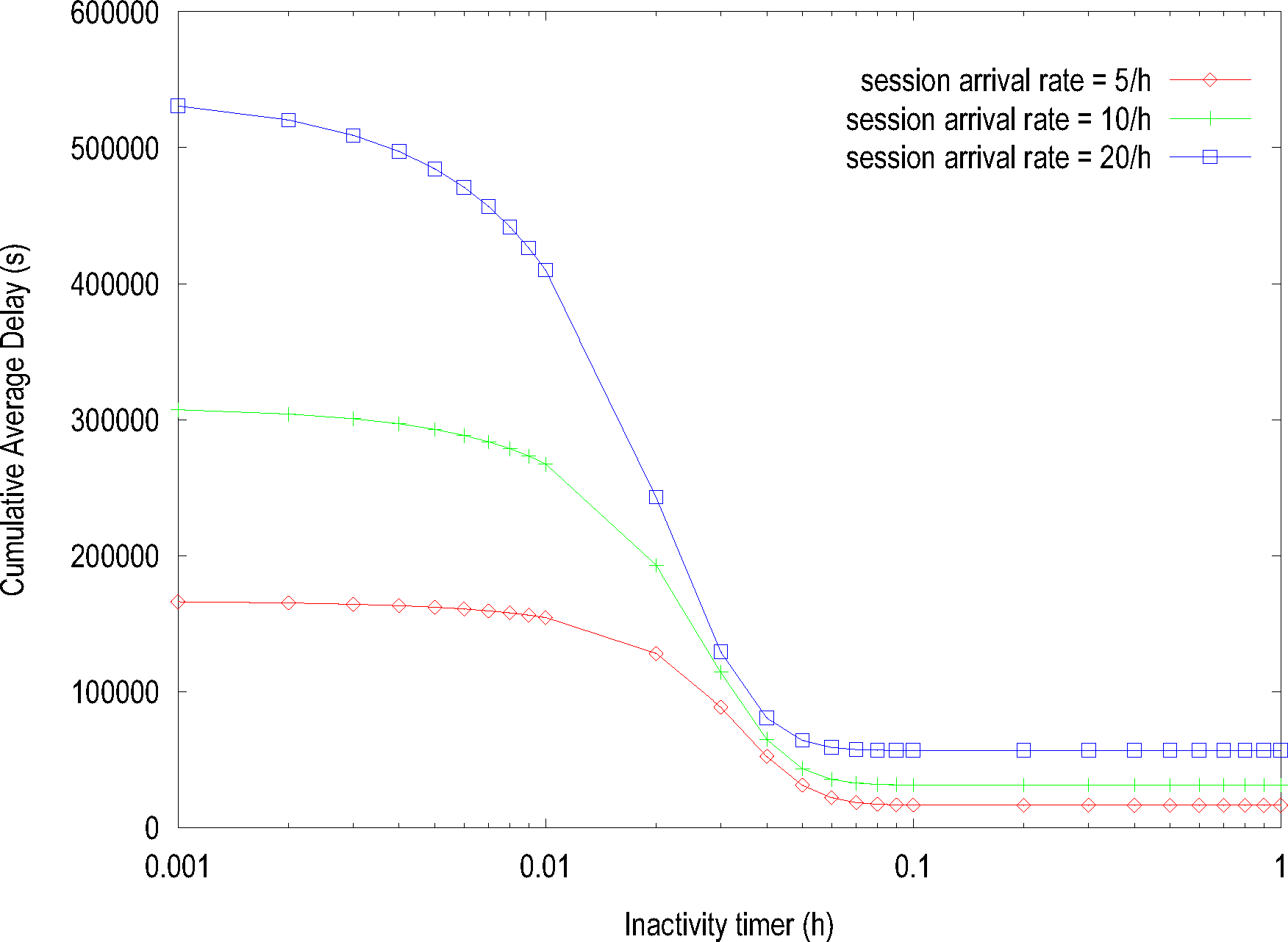
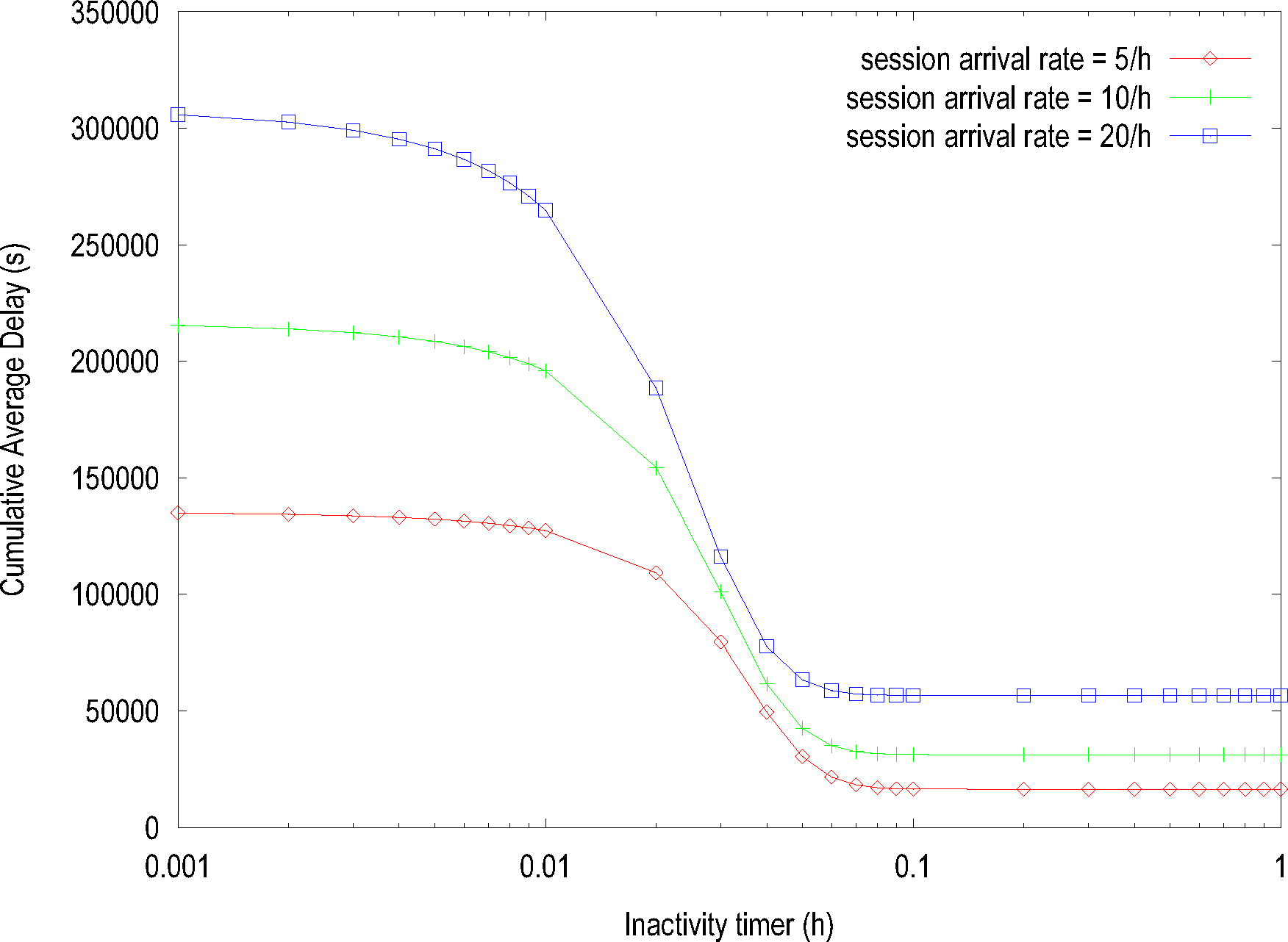

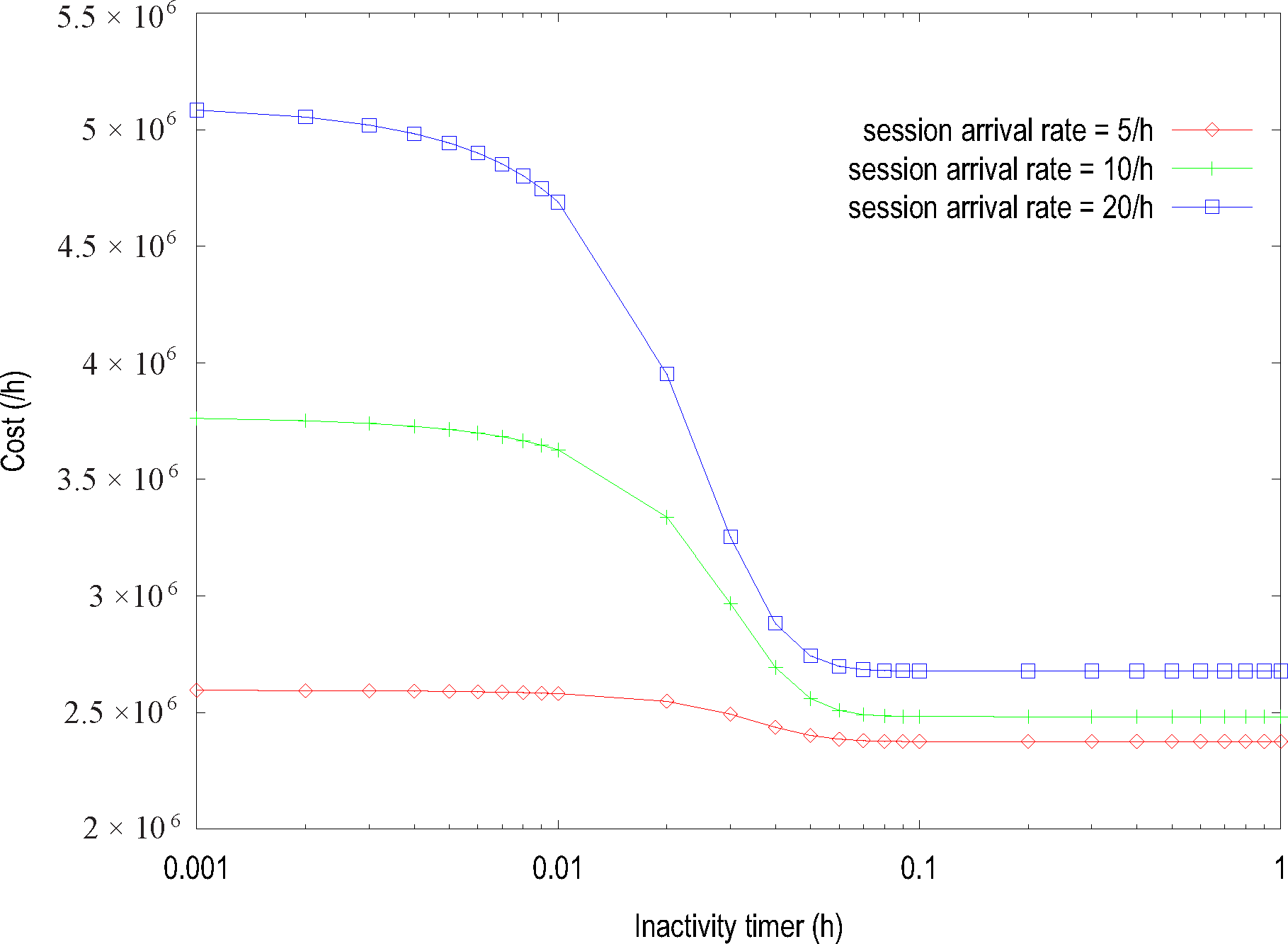
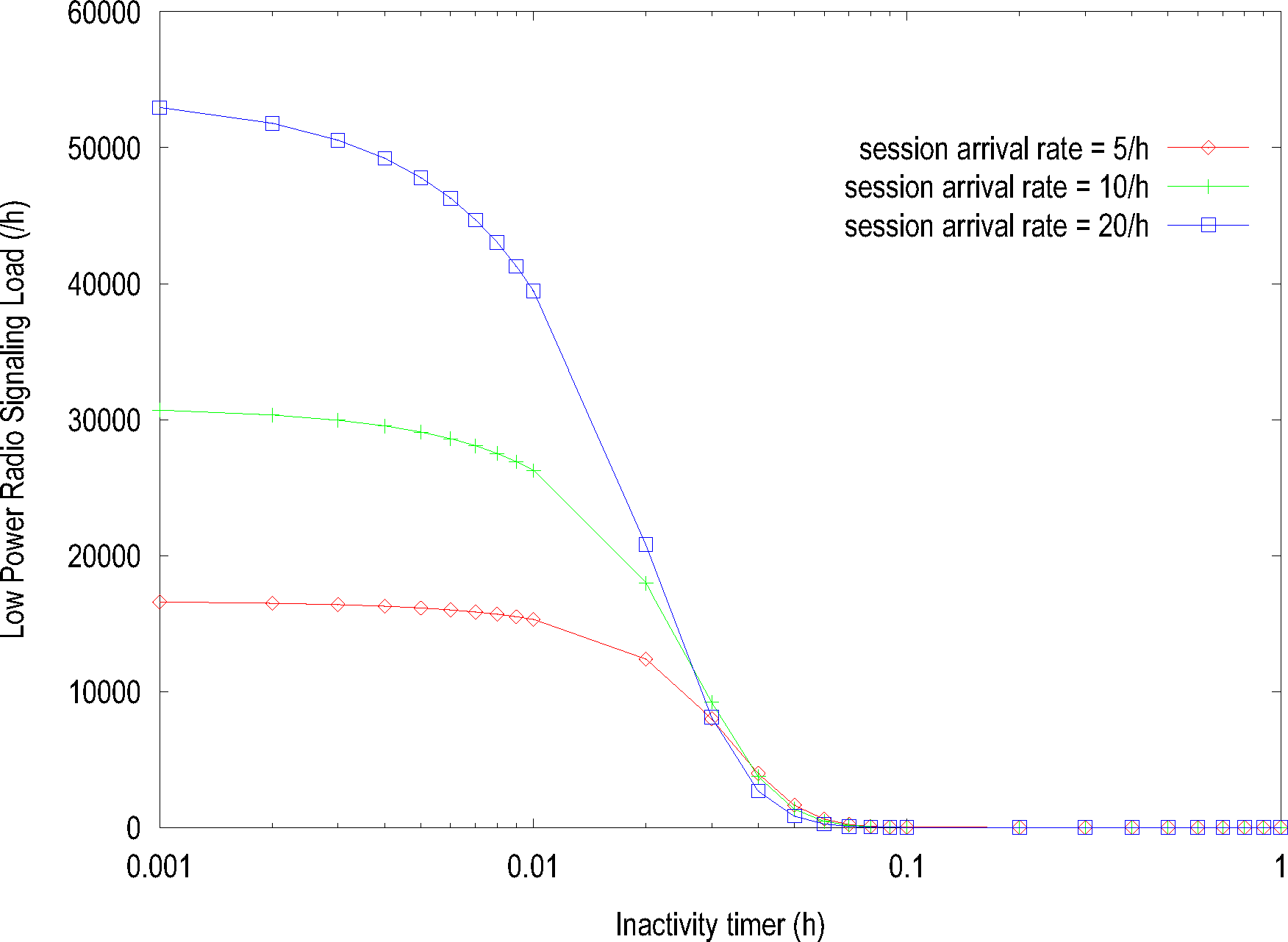
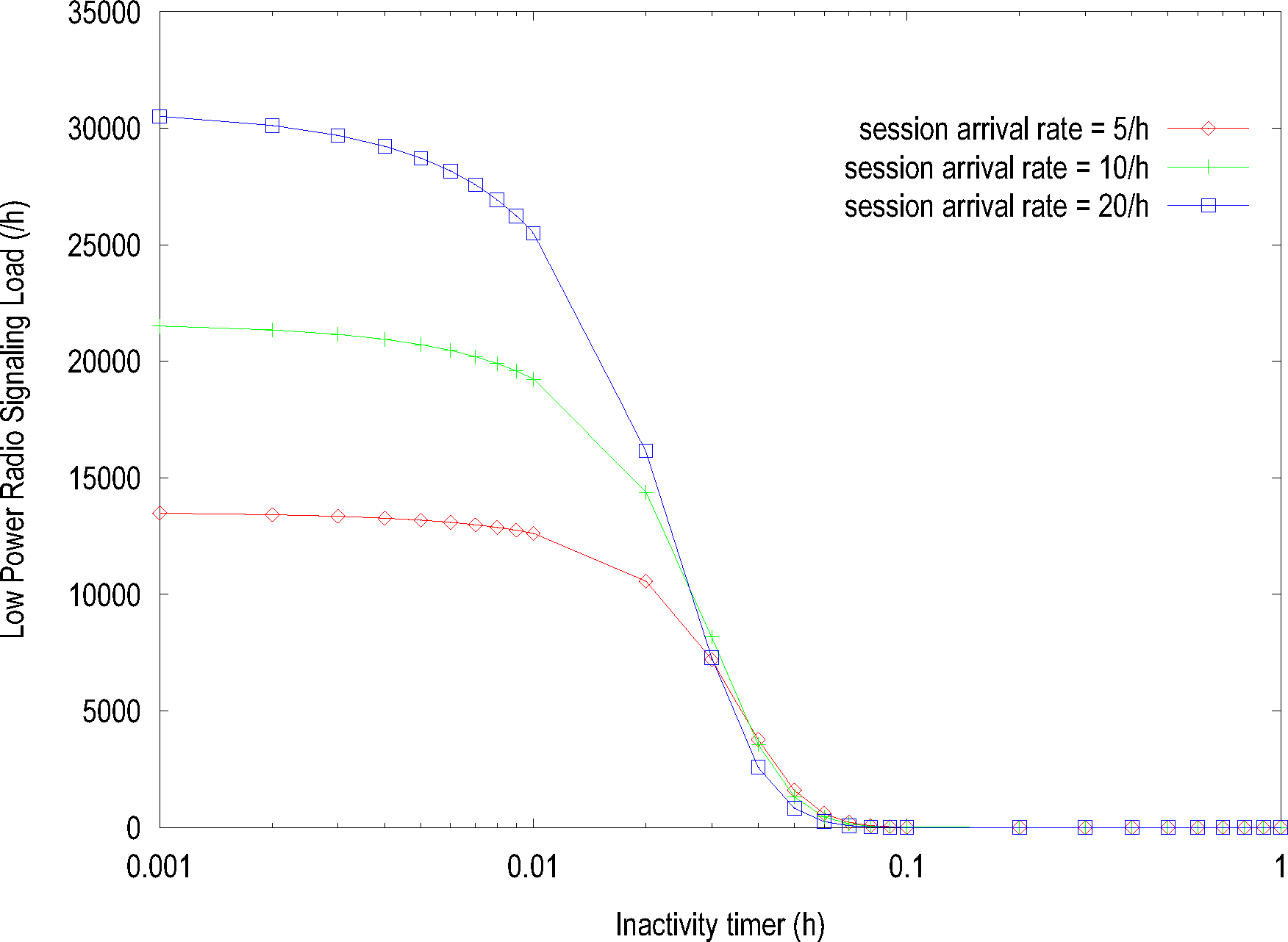
© 2015 by the authors; licensee MDPI, Basel, Switzerland This article is an open access article distributed under the terms and conditions of the Creative Commons Attribution license (http://creativecommons.org/licenses/by/4.0/).
Share and Cite
Chung, Y. Modeling and Performance Analysis of State Transitions for Energy-Efficient Femto Base Stations. Energies 2015, 8, 4629-4646. https://doi.org/10.3390/en8054629
Chung Y. Modeling and Performance Analysis of State Transitions for Energy-Efficient Femto Base Stations. Energies. 2015; 8(5):4629-4646. https://doi.org/10.3390/en8054629
Chicago/Turabian StyleChung, YunWon. 2015. "Modeling and Performance Analysis of State Transitions for Energy-Efficient Femto Base Stations" Energies 8, no. 5: 4629-4646. https://doi.org/10.3390/en8054629




